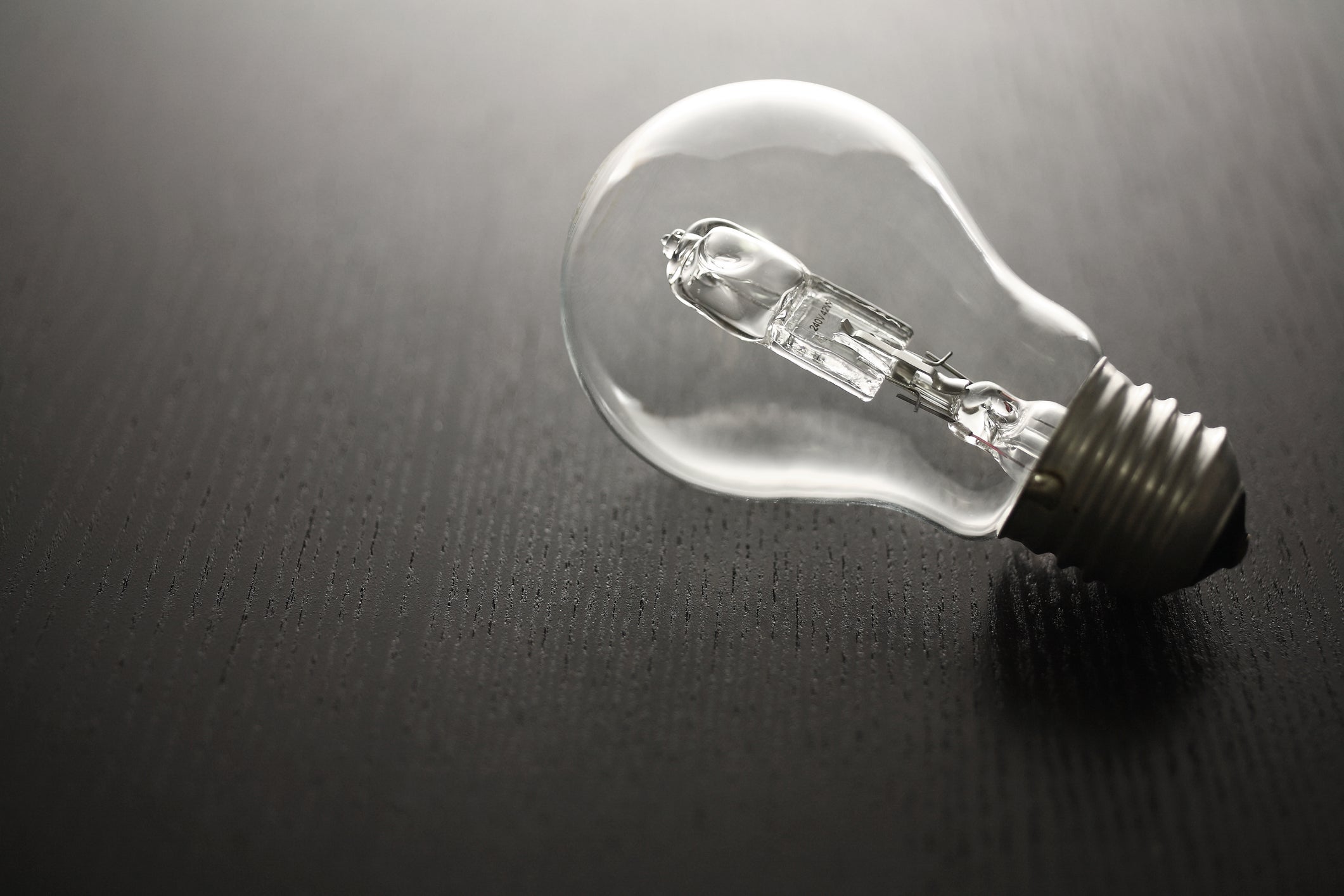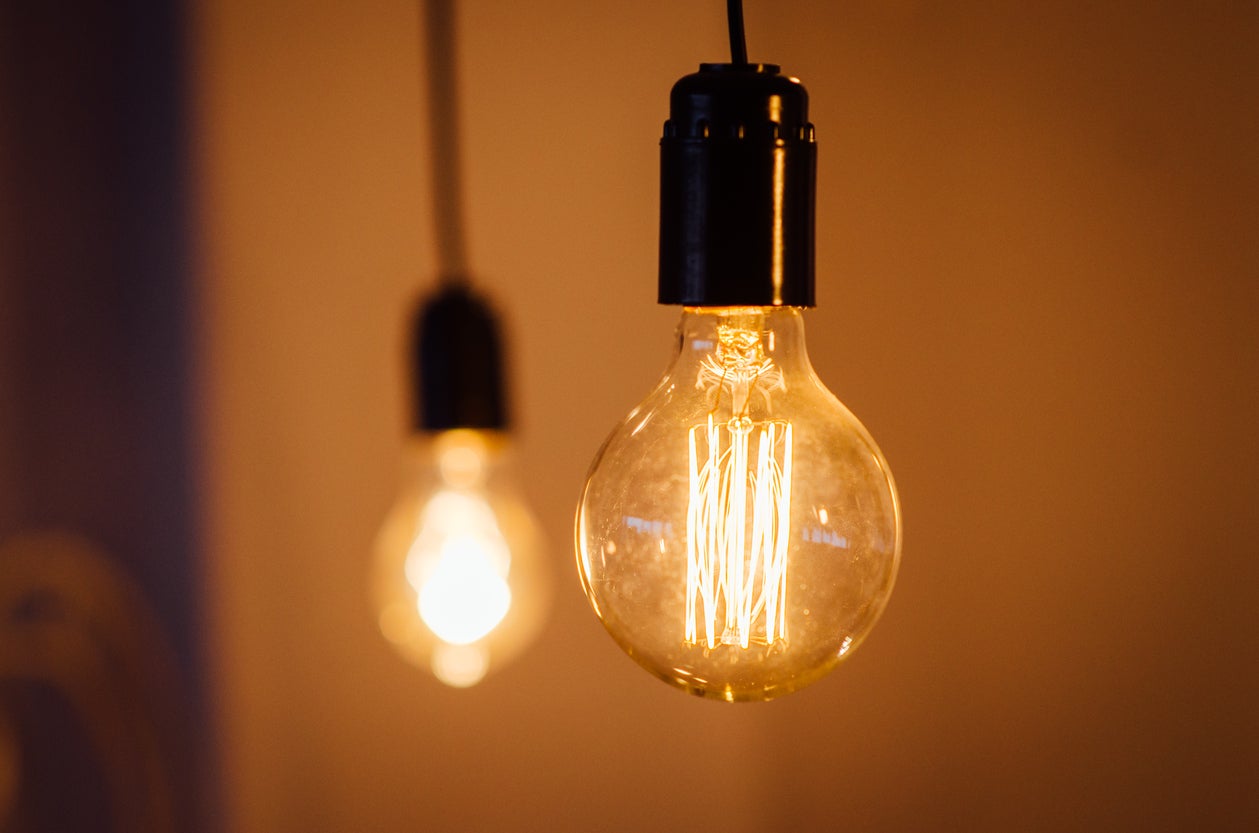The Independent's journalism is supported by our readers. When you purchase through links on our site, we may earn commission.
Halogen lightbulb ban: When does it start and why are they being banned?
The aim of the ban is reduce the carbon footprint caused by halogen lightbulbs

Halogen lightbulbs are soon to become obsolete in the UK following a ban made by the European Union.
Retailers will have to replace their stocks of halogen lightbulbs with more energy-efficient alternatives, such as LEDs or compact fluorescent bulbs.
The bulbs will be gradually phased out, with people expected to replace the halogen lightbulbs that they have in their homes as soon as they expire.

Here’s everything you need to know about the halogen lightbulb ban:
When does the ban start?
The halogen lightbulb ban is going to take effect from September 1 this year.
Retailers will no longer be allowed to stock halogen lightbulbs and will have to replace them with other types of bulbs that are more energy efficient.
Companies will be allowed to sell their remaining stock of halogen lightbulbs until they run out. However, they won’t be permitted to buy any more once the ban officially begins.
The EU first began phasing out incandescent lightbulbs in 2009.
This then followed with a ban on directional mains-voltage halogen bulbs in 2016.
Following the 2018 ban on non-directional halogen bulbs in the EU, all halogen bulbs are set to become forbidden in Australia by 2020.
Why is it taking place?
Halogen bulbs use approximately five times the amount of energy than LED bulbs.
The aim of the ban is to cut down on the CO2 emissions caused by halogen bulbs.
The bulbs themselves don’t directly create CO2, as light specialist Saving Light Bulbs explains.
The CO2 emissions are actually created when the lightbulb consumes energy.
As halogen lightbulbs are far less energy efficient than other types of bulbs, this means that they have a larger carbon footprint as a result.
“Recent heatwaves and floods have clearly illustrated the reality of climate change and it’s now more urgent than ever to cut unnecessary fossil fuel energy use,” Doug Parr, Greenpeace UK chief scientist, says to Press Association.
“Shifting away from wasteful halogens and creating a new market for cleaner, more efficient LED lightbulbs, saving money in the process, was a valuable role of the EU in driving up environmental standards.
“We would expect any post-Brexit regime to do the same in the UK.”
Why are LED bulbs better than halogen bulbs?
Halogen lightbulbs have a far shorter lifespan than other bulbs, lasting for around 2,000 hours, or two years, when used for approximately three hours a day.
In comparison, LED bulbs last for around 25,000 hours.
According to the Energy Saving Trust, a halogen bulb uses up about £11 of electricity a year, while an LED bulb would only cost about £2 a year to use.
“LED bulbs’ running costs are a fraction of halogens’ and they last a lot longer too, so making the move to the newer technology is an easy decision even before the ban comes into force,” says Stewart Muir of the Energy Saving Trust.
The negative environmental impact of halogen bulbs paired with their high costs highlights why LEDs are a far more suitable alternative, as a spokesperson for the Department for Business, Energy and Industrial Strategy explains.
Can LED bulbs fit in light sockets used for halogen bulbs?
You’re unlikely to have an issue when fitting an LED bulb into a light socket that’s been previously fitted with a halogen lightbulb.
However, if you’ve had halogen lightbulbs fitted into your ceiling that are connected to light transformers, then this could pose a slight problem.
“The low wattage equivalent LEDs sometimes mean some transformers cannot detect that the light is actually switched on and therefore lights can flicker,” says a spokesperson for Signify, the company that manufactures the LED lights sold by Philips.
“In this case, it is worth seeking advice from your electrician."
Join our commenting forum
Join thought-provoking conversations, follow other Independent readers and see their replies
Comments